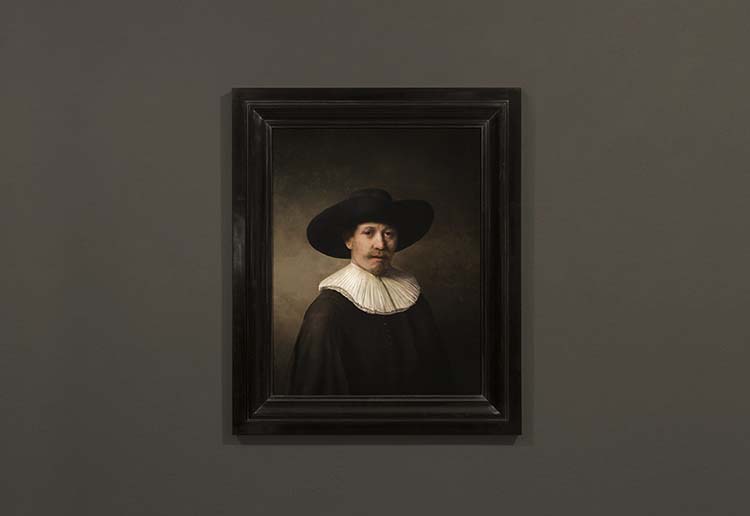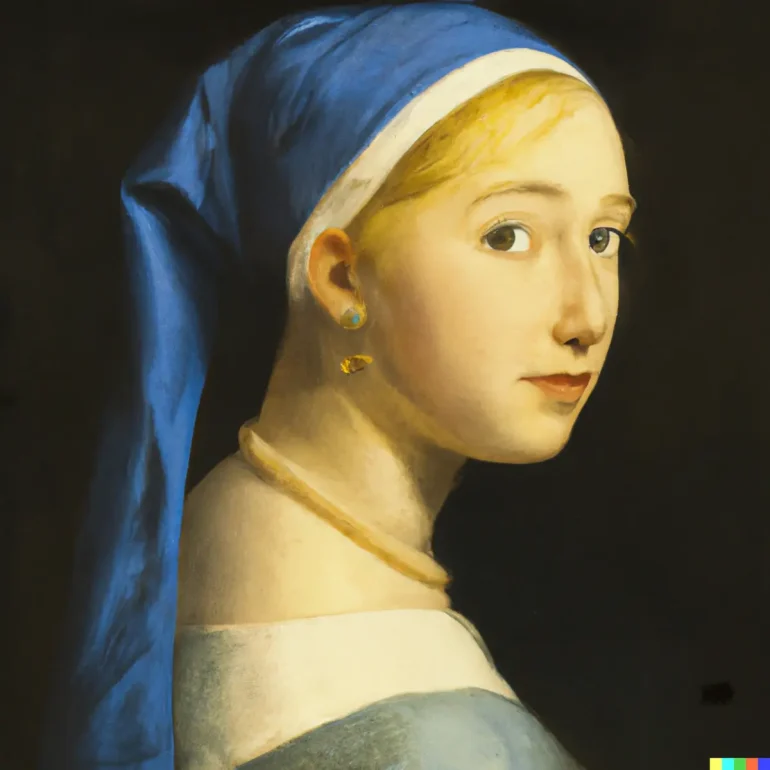The world of art is on the cusp of a revolution, driven by the ever-evolving power of Artificial Intelligence (AI). AI-generated art, created with the help of machine learning algorithms, is disrupting traditional artistic practices and sparking a conversation about the future of creativity.
Pioneering Platforms and Projects
OpenAI’s groundbreaking platform, DALL-E, allows users to generate images based on textual prompts. This technology has challenged the notion that artistic talent or traditional tools are prerequisites for creative expression. Projects like “The Next Rembrandt” demonstrate the ability of AI to learn from vast datasets and generate artwork in the style of a specific artist.
Shifting Boundaries in AI-generated art
AI is transforming the way we create and experience art. AI-generated pieces are finding their way into galleries and museums, attracting a new audience with their captivating blend of technology and aesthetics. This accessibility opens doors for those who may not have been drawn to traditional art forms.

Ethical Considerations
The rise of AI-generated art raises several critical questions. Who owns these creations? Can AI truly produce original works? These concerns are particularly relevant when considering the training process. AI algorithms learn from existing artwork, blurring the lines between inspiration and potential copyright infringement. A recent lawsuit filed by artists against AI companies highlights the urgency of addressing these issues.
read more: AI Image Generation; Unleashing the Creative Potential of AI
Beyond Aesthetics
Beyond the ethical considerations, there are concerns about the potential misuse of AI-generated art. The technology behind “deepfakes” – realistic forgeries used to manipulate video and audio – illustrates the dark side of this innovation. It’s paramount to develop safeguards to prevent AI from being used to spread misinformation and create harmful content.
A Collaborative Future
While some fear that AI might replace human artists, the future is likely to be more collaborative. Artists can utilize AI as a tool to push creative boundaries and explore new styles. AI-generated art exhibits can also foster interaction between different artistic communities.
Looking Ahead
As AI technology continues to evolve, the possibilities for AI-generated art are boundless. We can expect to see even more sophisticated artworks on display, blurring the lines between human and machine creativity. However, navigating the ethical considerations surrounding ownership, originality, and potential misuse of this technology will be crucial in shaping a responsible and vibrant future for AI-generated art.
source:+


